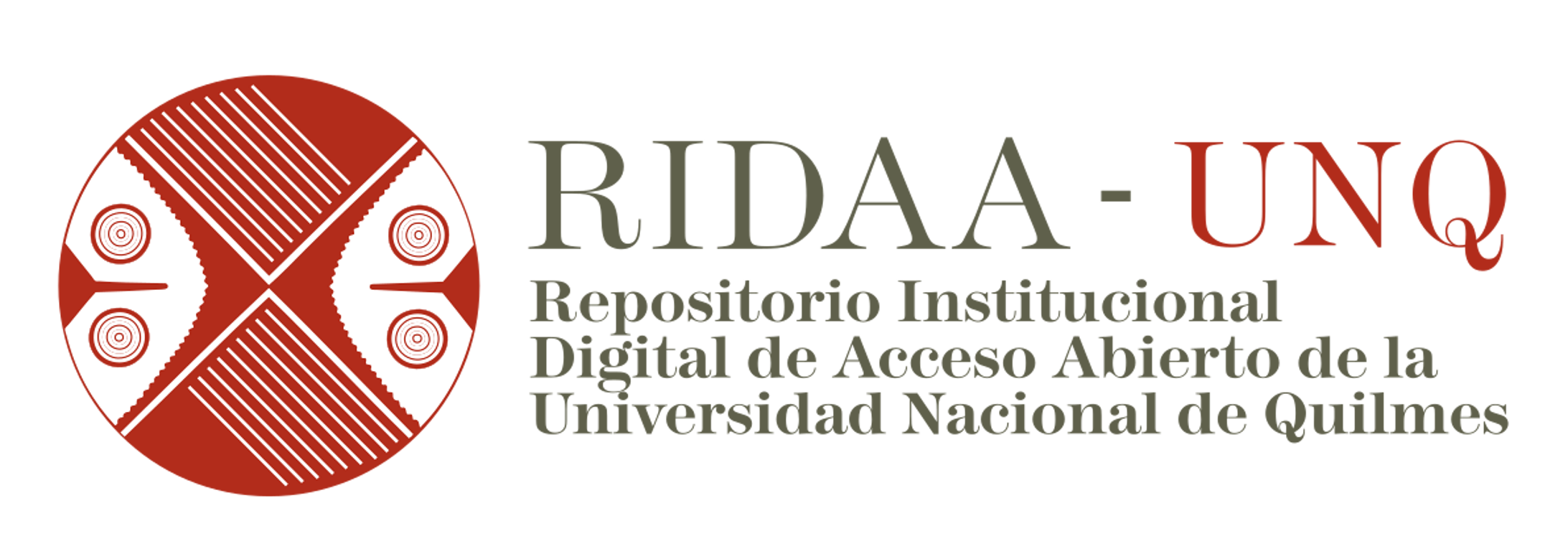Repensando la vulnerabilidad ambiental e institucional. El caso del desastre de Sierras Chicas (2015), Córdoba (Argentina)
Rethinking environmental and institutional vulnerability: the case of the Sierras Chicas disaster (2015), Córdoba, Argentina

Ver/
Fecha
2021-09Autor
Gutiérrez, Marcelo; Carballo, Cristina TeresaResumen
A varios años de lo sucedido en Sierras Chicas (2015), este hecho continúa siendo un hito ambiental indiscutible para la sociedad argentina. El desastre fue el resultado de la concreción de complejos procesos socioterritoriales. ¿Cuánto aprendimos como sociedad de aquel trágico acontecimiento ambiental? El análisis de este desastre ha permitido visibilizar los contextos y el papel institucional en la gestión del riesgo. El presente trabajo reconstruye, en clave institucional, los factores y procesos posevento que desencadenaron cambios evidentes en la superación de la vulnerabilidad institucional. El caso de Sierras Chicas expresa la necesidad de adaptación de nuestras formas de interrelación e interacción institucional tanto pública como privada junto a las comunidades, para afrontar –desde la gestión del riesgo– las amenazas de tipo hidrometereológicas en tiempos de cambio climático. El abordaje metodológico se centra en la reconstrucción de la vulnerabilidad institucional y en la identificación de los actores sociales e indicadores de gobernanza. El trabajo se organiza en primer lugar con el desarrollo de un abordaje conceptual del alcance de la vulnerabilidad institucional en la gestión del riesgo; en otro momento, en la contextualización de la dinámica del desastre con una cartografía de los actores sociales que participaron y que conllevaron a la construcción de una vulnerabilidad institucional. Y, finalmente, se seleccionan las principales interacciones institucionales que se sucedieron en y con la comunidad en el postevento. Several years have passed since the 2015 disaster of Sierras Chicas occurred but it is still remembered by the Argentinian society as an undeniable environmental landmark. This disaster was the logical outcome brought about by the development of highly complex projects that entailed the building up of social and territorial risk. However, it is worth asking ourselves how much have we learnt as a society from such a tragic environmental event. The main contribution of an in-depth analysis of this disaster has been to raise awareness and draw attention to the weak role played by the institutional network in the risk management of the environmental criticality. This paper aims at deconstructing and reconstructing the key institutional post event factors and processes that triggered major changes that helped to overcome this situation of institutional vulnerability. Sierras Chicas has become a test case that serves to highlight the need of adapting our ways of institutional interaction
and cooperation with the community –both in the public and the private spheres– in order to confront with an effective risk management strategy the hydro meteorological hazards in times of climatic change. The methodological approach focuses on the reconstruction of the institutional vulnerability by means of the mapping technique applied to the social actors and the public enterprise governance indicators. This research is organized along different instances: firstly, the conceptual framework and the full scope of the institutional vulnerability in risk management; secondly, the contextualization of the dynamics of the disaster by drawing a cartography of the social actors that were involved
in this event and were responsible for the building up of this institutional vulnerability. Lastly, there is a presentation of the main pre and post event institutional interactions conducted together with the community and within it.
